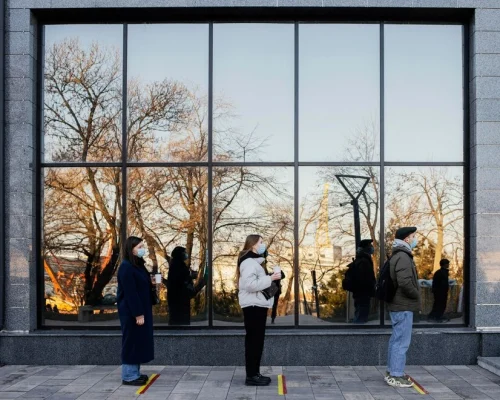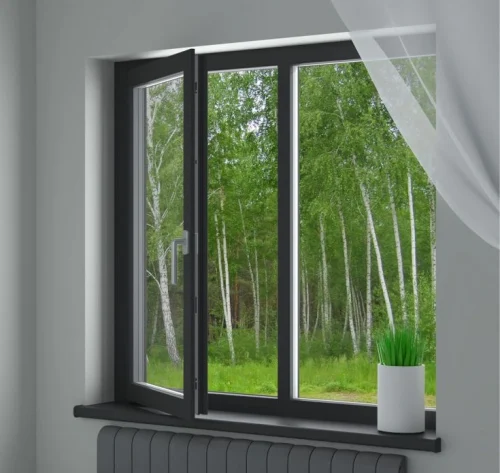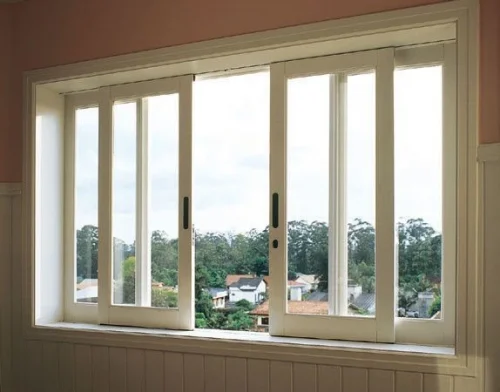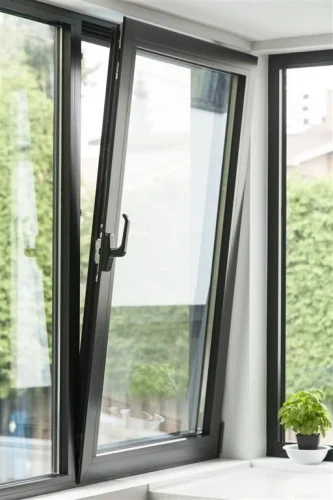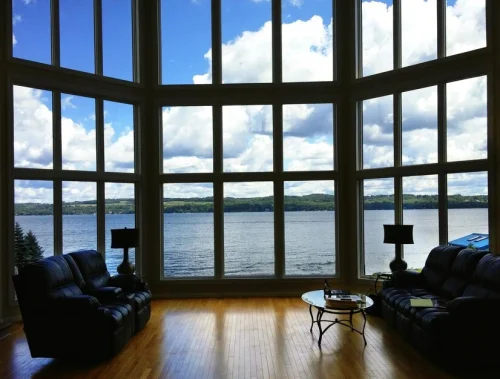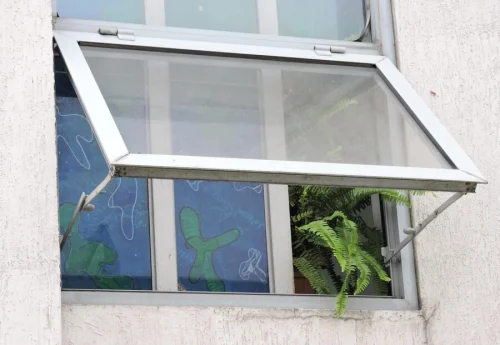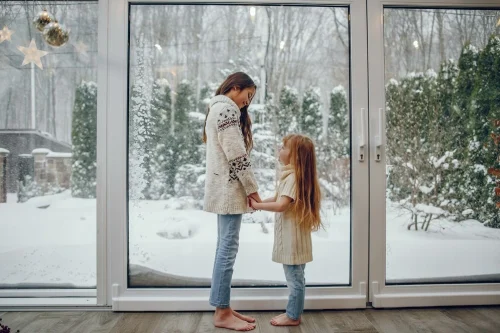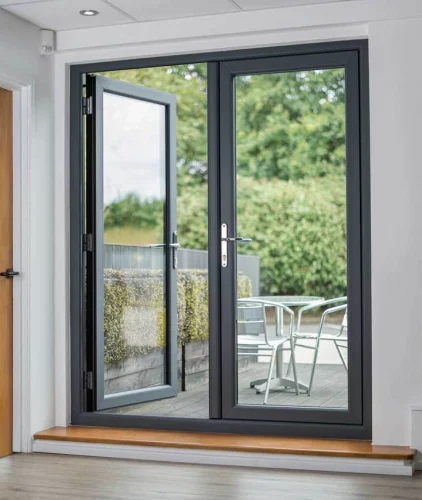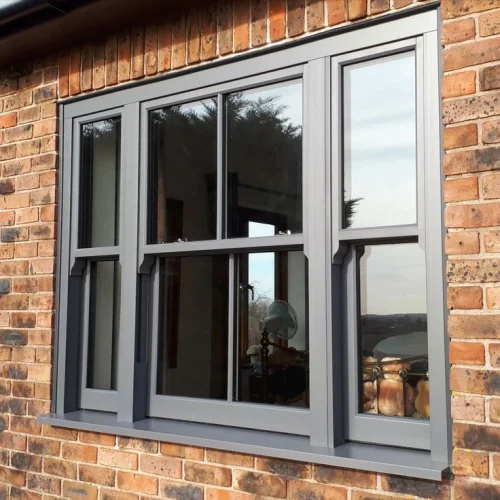
5 Reasons Why Balcony uPVC Sliding Doors Have Become the Top Choice in India
July 5, 2024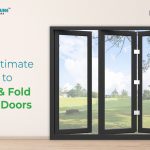
The Ultimate Guide to Slide and Fold uPVC Doors
July 15, 2024uPVC (unplasticized polyvinyl chloride) windows have become a preferred choice of homeowners because, it is durable, energy-efficient, and aesthetic. With this blog, we will take a deeper look into the variations of uPVC windows in hopes that it helps you decipher what's best suited for your needs.
What Are uPVC Windows?
By looking at the diverse types, let's first figure out what exactly uPVC windows are. uPVC is an abbreviation for unplasticized polyvinyl chloride—a challenging, rigid type of plastic. Unlike traditional PVC, uPVC lacks plasticizers in its composition, which makes it more rigid and an ideal material for windows. This kind of window is good in insulation, can resist weather conditions, and is easy to maintain. Being environmentally friendly, uPVC is easily recyclable and has a long life.
Types of uPVC Windows
There are different types of uPVC windows, each with its unique features and benefits. Here are the most common ones:
1. Fixed Glass Windows
They're sometimes referred to as picture windows and are non-operable but are designed to allow natural light to illuminate the living space and ensure unrestricted views. In most cases, they tend to be very large and do not open, some are ideal for well-lit areas where the ventilation issue is not a concern.
Advantages:
- Provides ample natural light and a good view.
- It is highly energy-efficient due to the simple fact that no part of it moves.
- Maintenance-free and easy-to-clean
. Disadvantages:
- There is no ventilation.
- It cannot be used in case of need for an emergency exit.
Source: Freepik
2. Casement Windows
These windows are hinged on one side and can open outside like a door. Casement windows are among the most suitable types in uPVC because of their flexibility and functionality.
Advantages:
- Large ventilation as they open fully outwards.
- When opened, they allow clear views.
- Easy to operate with a crank mechanism.
Disadvantages:
- Requires space to open outward.
- It can be susceptible to damage in high winds if not adequately secured.
Source: Pinterest
3. Sliding Windows
Sliding windows have two or more sashes (moving panels) that slide horizontally within the frame. They are pretty common in most modern homes and apartments.
Advantages:
- Saves space because it does not open outwards.
- Easy to use with minimal effort.
- Provides a modern and stylish look.
Disadvantages:
- Ventilates very little compared to casement windows.
- Dirt can accumulate in the tracks and should be cleaned regularly.
Source: Pinterest
4. Tilt and Turn Windows
Tilt and turn windows are made up of two types of functions: the window tilts inside for the ventilation to take place from the top, and it turns inside horizontally for a whole opening of the window.
Advantages:
- Opportunities for more than one type of ventilation due to its versatile design.
- It is very easy to clean from the inside.
- It has Multi-point locking systems that offer better security.
Disadvantages:
- The complexity of the mechanism makes it more expensive.
- Space must be available for inward opening.
Source: Pinterest
5. Bay and Bow Windows
Bay and bow windows are a combination of three or more windows projecting outward from the main walls of the house.
Advantages:
- It adds architectural interest and extra space.
- It offers panoramic views and an expanded source of natural light.
- It can be designed with both fixed and operable windows.
Disadvantages:
- More complicated to install.
- It may cost more than traditional window configurations.
Source: Freepik
6. Awning Windows
Awning windows are hinged at the top and open outward from the bottom, much like an awning would protrude out. These windows are often used in a mix of combination windows or placed high on walls for privacy and ventilation.
Advantages:
- Can remain open during rain without allowing water indoors.
- Offers good ventilation.
- Delivers better privacy when installed at greater heights on walls.
Disadvantages:
- Sizes are limited.
- Needs a good amount of space for opening outwards.
Source: Freepik
7. Tilt and Slide Windows
Tilt and slide windows are designed as a combination of tilt and turn windows with the sliding window design incorporated to save space. The window can tilt for ventilation, and it also opens up by sliding for the maximum opening area.
Advantages:
- Space saving.
- Multiple ventilation options.
- Advanced security features.
Disadvantages:
- More expensive compared to other types of windows due to the complex mechanism.
- Requires regular maintenance to ensure smooth operation.
Source: Freepik
8. French Windows
French windows, also known as French doors in the case of an exterior door, refer to a pair of casement windows opening both inwardly or outwardly from the centre without having a central mullion.
Advantages:
- Because of no central mullion, it leaves a wide opening area for maximum ventilation—an elegant and classic design.
- Be used as windows and doors both.
Disadvantages:
- Requires space to open inward or outward.
- It can be less energy-efficient than other kinds.
Source: Pinterest
9. Combination Windows
As the name suggests, a combination window is more than two different types of windows combined in one frame. You can have customised designs that suit specific needs and preferences best.
Advantages:
- Highly customizable to cater to various design and functional requirements.
- It can combine the best features of various window types.
- Creates a unique, custom appearance.
Disadvantages:
- More difficult and costly to design and install.
- More maintenance is required due to mechanisms in multiple directions.
Source: Pinterest
10. Glass to Glass windows
These windows are known for the ultimate fusion of craftsmanship, durability, and unparalleled style.
Advantages
- They offer Unobstructed views.
- Allows ample natural light for better ambience.
Disadvantages
- The cost of installation is high.
- They use large glass panel which requires structural support
Source: Freepik
How to Choose the Best uPVC Windows for Your Home
When deciding which are the best uPVC windows for your home, you will need to consider the following factors:
Function: Identify the function of the window. Is it for ventilation, light, aesthetics, or a combination of these?
Location: Keep the window in consideration regarding the area it will be installed. Sliding windows do better when there isn't much space available, and bay windows can be great as an added accent to the living room.
Climate: Depending on your climatic conditions, go for awning windows if you live in rainy areas; tilt-and-turn windows work wonderfully where there is a cold climate, giving exemplary insulation.
Consider Your Budget: Some windows may be expensive, but they save energy and maintenance costs.
Conclusion
Choosing the right kind of uPVC windows can do wonders regarding comfort and beauty; all merged with energy efficiency. After all, the right windows can make a huge difference in the overall appearance and comfort of your home.
Get a wide selection of top-of-the-range uPVC windows at GreenFortune, all tailor-made to suit your needs. Our professional team is determined to help you get the right windows that fuse functionality with style at a pocket-friendly price. Contact GreenFortune today to take a view of our range and turn around your home with the best uPVC windows.








